Low Tire Pressure
Tires may wear out prematurely
Excessive flexing of the sidewalls can cause the tire to crack and become weak, leading to blowouts
Low tire pressure is more prone to punctures and can even cause the tire to come off the rim during high-speed cornering due to inadequate internal support.
A tire with insufficient pressure will reduce your rolling efficiency, and the rim, unprotected by the tire, may dent or crack, leading to more expensive part replacements.
High Tire Pressure
Too high pressure can cause the tire to burst from being unable to withstand the high pressure
High pressure can also squeeze the rims, reducing the wheelset’s performance
Comfort levels may decrease
A Flat Tire Could Be Due To Two Reasons:
A blowout: If you encounter a blowout, don't worry. Patch kits are very suitable for quick fixes, and if you have more time, you can use traditional multi-functional patch kits.
Natural air leakage over time: Since rubber inner tubes can never be completely sealed, all tires will slowly lose air over time, especially latex inner tubes. Standard butyl inner tubes have relatively better sealing properties, although tubeless tires can also leak (and sometimes even faster).
Correct Tire Pressure
Most tires have a pressure range imprinted on their sidewalls. Be sure not to exceed this limit.
Generally, choose the pressure based on a combination of weight and the tire's pressure range. For instance, if the pressure limit is between 80-120 psi, check the rider’s weight to see if it's light, moderate, or heavier. The lightest (50kg) should choose the lowest tire pressure, and the heaviest (90 or even 100kg) should opt for the highest pressure. For mountain bikes, grip matters more. The typical goal is to improve grip (traction), cornering, and shock absorption. Lower the tire pressure as much as possible while ensuring that the rim doesn’t get dinged during cornering or drops.
For road bikes, rolling resistance is more complex. As grip and comfort levels increase, rolling resistance also becomes a major factor. Higher tire pressure doesn’t necessarily mean faster riding. Flat surfaces aren’t perfectly smooth, so overly high tire pressure and hard tires will make both the bike and rider jump, wasting a lot of energy (efficiency decreases). Softer tire pressure can effectively avoid this issue and provide higher comfort.
Valve Types
Before inflating, you need to know the type of valve you have. The valve is the key component to maintaining the seal.
Schrader Valve: Commonly found on lower-end bikes and older mountain bikes. You may also see the same valve on cars. The valve cap is an important part of the design—if the valve doesn't seal completely, tightening the cap can ensure airtightness. The spring design of the valve core is easily affected by dirt and gravel.
Presta Valve: Taller and slimmer than Schrader valves, Presta valves used to be only seen on road bikes. They originated from road bikes, and their smaller diameter means a smaller valve hole, reducing the risk of rim accidents. Now they can be seen on both mountain and road bikes. While the valve itself “automatically” seals under air pressure, it relies on an additional screw for securing rather than a spring.
With a Schrader valve, you can simply press on the valve core to release air, but with a Presta valve, you must first unscrew the small locknut. Presta valves are indeed slimmer, and the internal valve core can easily bend under force, so handle them with care. The good thing is that the valve core can be removed/replaced using a tool.
Woods Valve: Currently, this type of valve is quite rare, but just in case, we'll mention it here. Older commuting bikes may have them, and you can find air pumps for them at roadside repair shops.
Tubeless Valve: Visually very similar to Presta valves, these are used for tubeless tire setups and are directly fixed to the rim, not part of an inner tube.
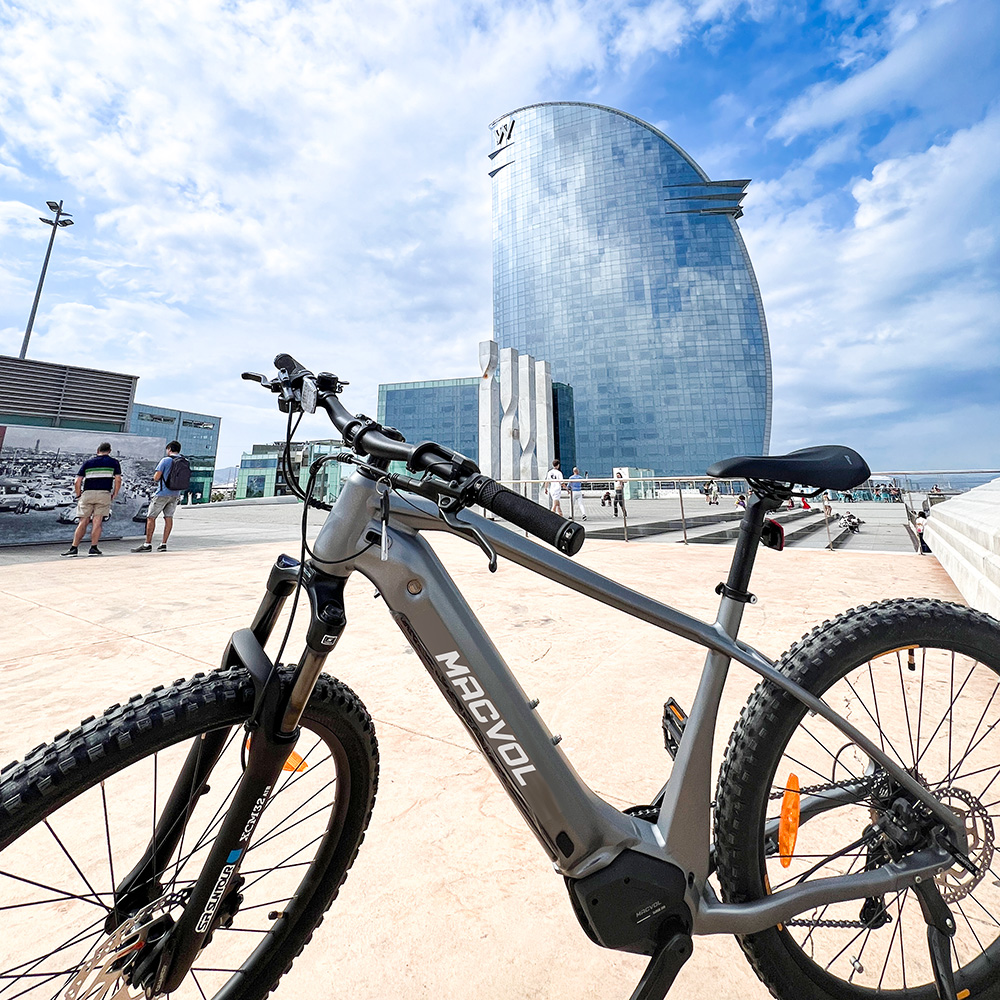
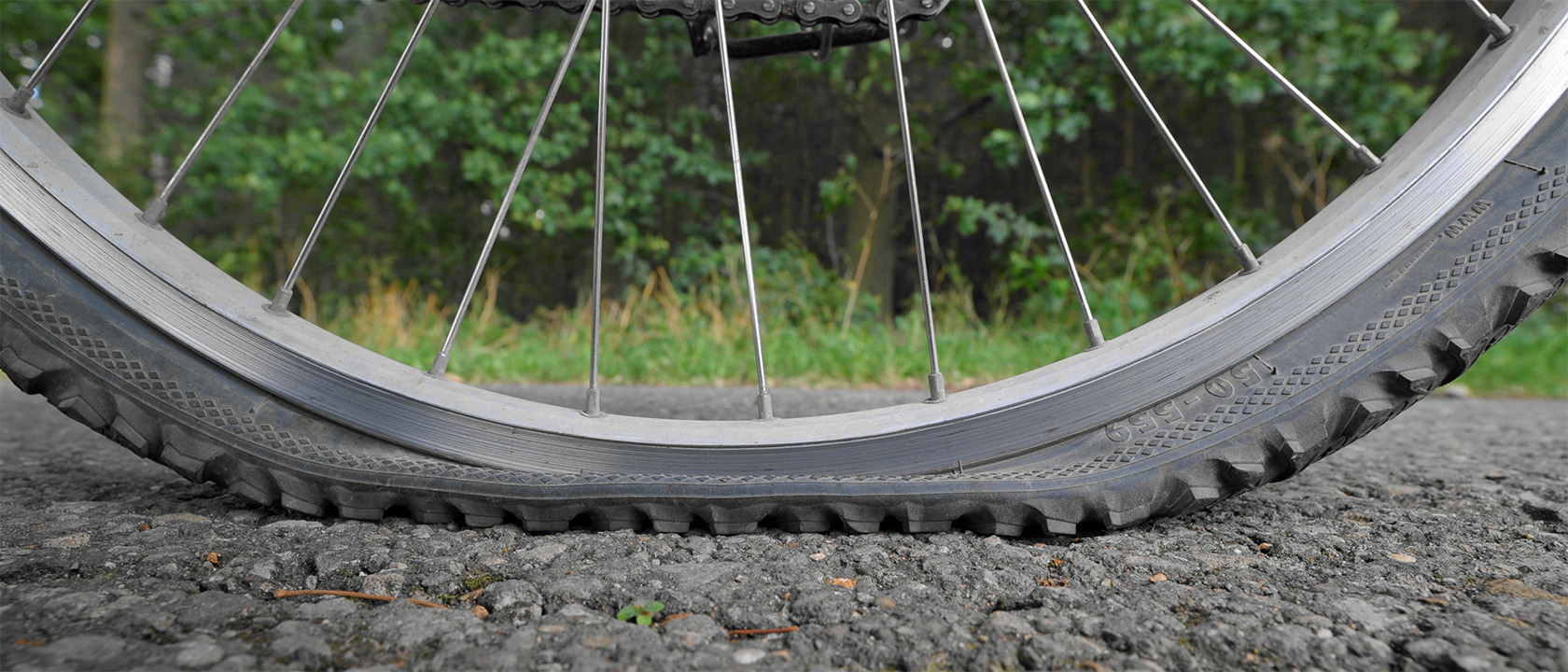



 Deutsch
Deutsch  Español
Español  Deutsch
Deutsch 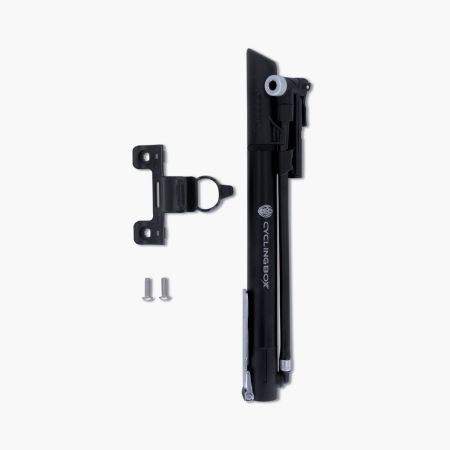



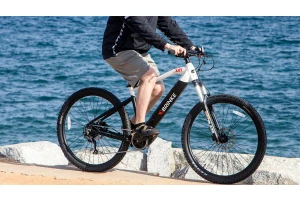
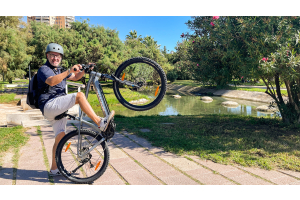
Validate your login